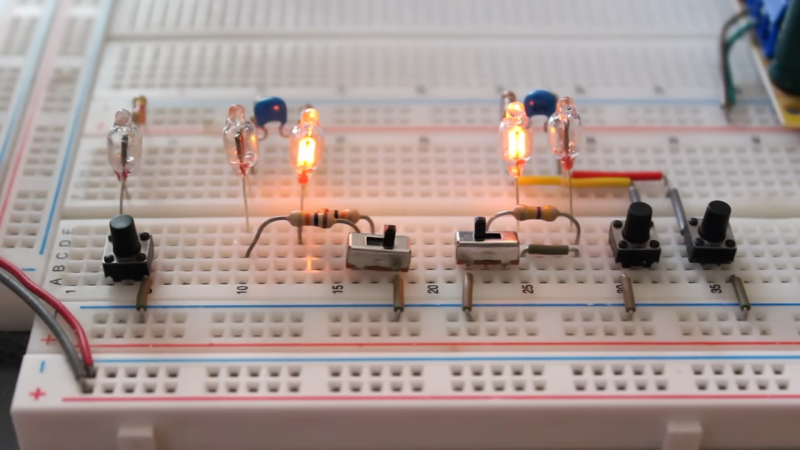How many geeks does it take to flash a lightbulb? Judging from the list of entries in the 2017 Flashing Light Prize, so far only seven. But we suspect Hackaday readers can add to that total.
The goal is almost as simple as possible: build something that can flash an incandescent light bulb for at least five minutes. The system actually has to power the bulb’s filament, so no mechanical shutters are allowed. Other than that, the sky is the limit — any voltage, any wattage, any frequency and duty cycle, and any circuit. Some of the obvious circuits, like …read more
 Continue reading Flash a Light Bulb, Win a Prize→
Continue reading Flash a Light Bulb, Win a Prize→
